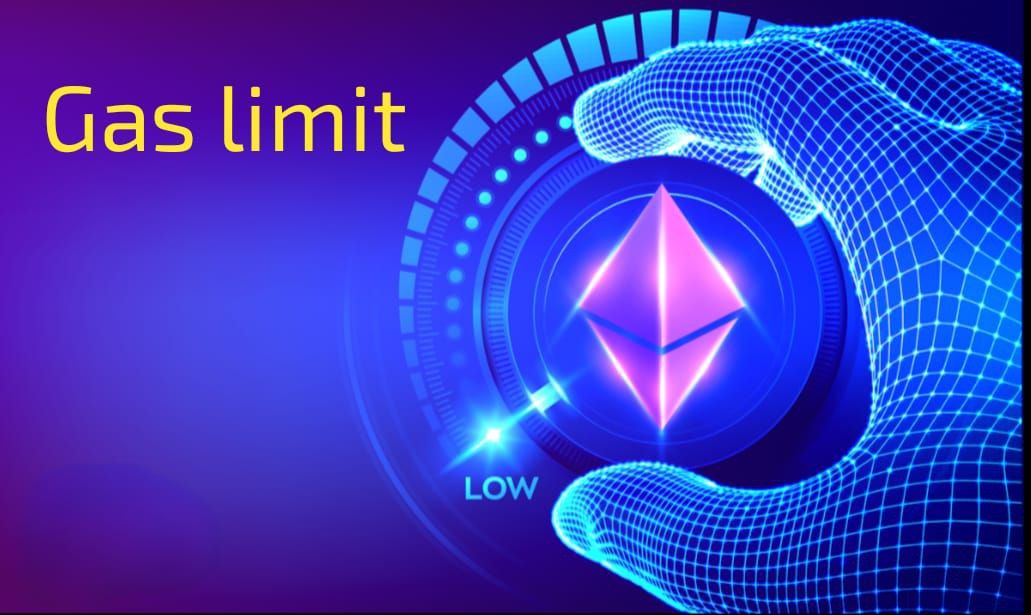Introduction
Cryptocurrencies, such as Bitcoin and Ethereum, are powered by blockchain networks that require computational resources to process transactions and execute smart contracts. Gas limit is a critical parameter that determines the maximum amount of computational work that can be performed in a cryptocurrency transaction. In this article, we will explore what gas limit is, why it matters, how to determine it, and best practices for managing it in the context of cryptocurrency transactions.
What is Gas Limit?
Gas limit in cryptocurrency transactions refers to the maximum amount of computational work that can be performed in a single transaction. Gas is a unit of measurement that represents the amount of computational resources required to execute a specific operation or smart contract on a blockchain network. Gas limit is an essential parameter that determines the maximum amount of gas that can be consumed in a transaction. It is important to note that gas limit is not the same as transaction fees, which are separate fees required to process transactions on the blockchain.

Why Gas Limit Matters?
Gas limit plays a significant role in determining transaction fees, transaction speed, and confirmation times in cryptocurrency transactions. Transaction fees are calculated based on the gas limit and gas price parameters. Higher gas limit and gas prices result in higher transaction fees, while lower gas limit and gas prices result in lower transaction fees. However, setting gas limit too low can cause transactions to fail, while setting it too high can result in unnecessary costs.
In addition to transaction fees, gas limit also impacts transaction speed and confirmation times. Transactions with higher gas limit are typically processed faster than transactions with lower gas limit, as they require more computational resources. Confirmation times for cryptocurrency transactions can vary depending on the gas limit and gas price parameters, as well as the network congestion.
Managing Gas Limit:
To determine the appropriate gas limit for a cryptocurrency transaction, several factors should be considered, including the complexity of the operation or smart contract, current network congestion, and the desired speed and cost of the transaction. There are various tools and resources available that can help calculate the estimated gas limit and transaction fees for cryptocurrency transactions.
Best practices for managing gas limit include setting it slightly higher than the estimated gas limit to ensure that the transaction is not rejected due to insufficient gas, monitoring gas prices and network congestion, and avoiding unnecessary operations or complex smart contracts that can increase gas consumption.
Common issues related to gas limit include transactions that fail due to insufficient gas, transactions that are stuck in a pending state due to low gas limit, and high transaction fees due to setting gas limit too high. Solutions to these issues include increasing gas limit or gas price, canceling or replacing stuck transactions, and optimizing gas consumption through code optimization and efficient smart contract design.
Conclusion:
In summary, gas limit is a crucial parameter that determines the maximum amount of computational work that can be performed in a cryptocurrency transaction. Gas limit plays a significant role in determining transaction fees, transaction speed, and confirmation
